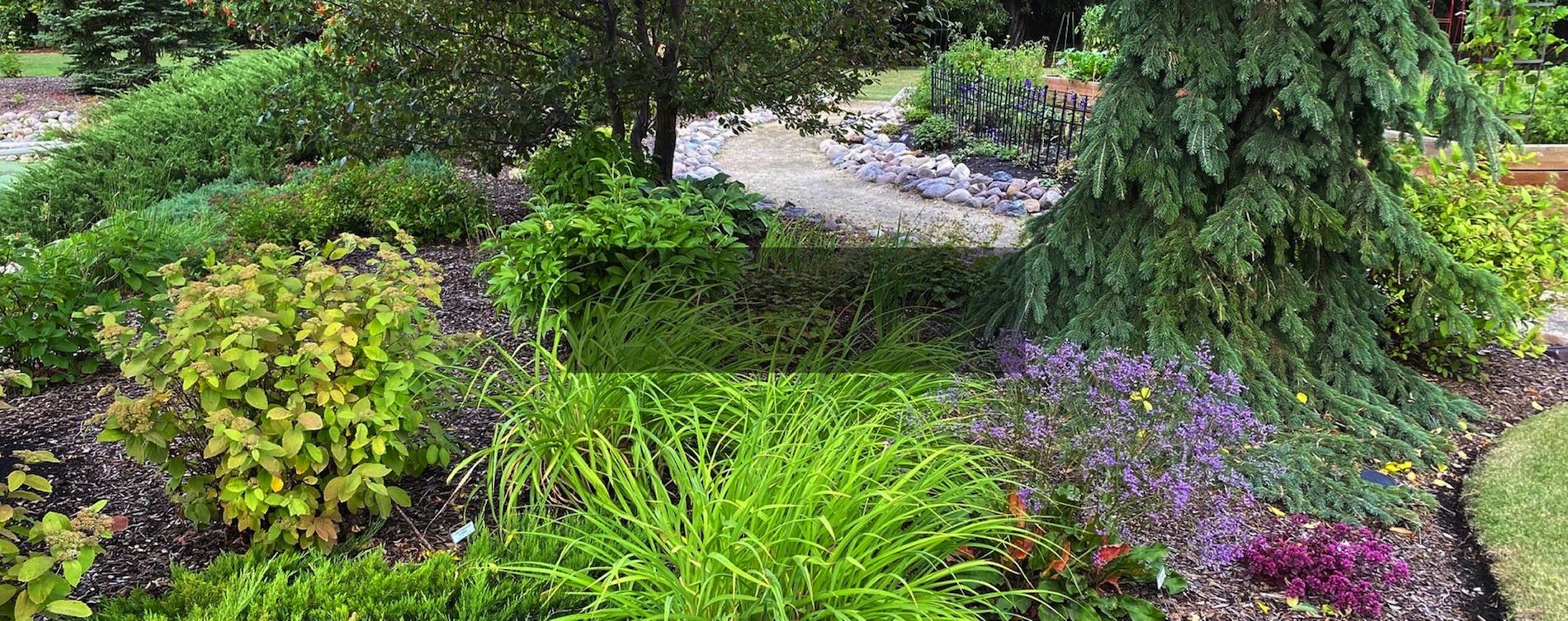Dew Worms

Dew worms or night crawlers are common names for a species of earthworm that is active at night but also surface and crawl about during wet or rainy weather. They often leave casts on the surface which make lawns bumpy and uneven. Dew worms are more common on older, shaded or heavily watered lawns.
Earthworms or dew worms are extremely valuable in creating topsoil and maintaining soil fertility. Earthworm castings, or excrement, are richer in minerals than the soil which the earthworm has swallowed. Young worms and small species are usually found in the top few inches of the soil, while others will have a wider distribution but are still limited to the upper level of the soil that contains some organic matter. The tunnels of larger species, such as dew worm or night crawlers, range from the surface to several metres in depth, depending on the soil. It is these dew worms or night crawlers that are often the culprits of damaged lawns.
Cultural Control
- A healthy lawn is the best defence; ensure your lawn has a high amount of organic matter. In fall or early spring, top dress lawns with compost to increase organic matter.
- Lawns should be aerated once per year and dethatched once every 2-3 years to help improve lawn aeration and remove significant thatch. When aerating leave the cores on the surface to allow the soil organisms in the cores to break down the thatch from the top.
- Maintain an even and deep soil moisture. Apply 2.5 cm (1 inch) of water every 7 to 10 days.
- Remove castings; rake clumps of dirt away and discard or place in compost bin.
- Thin layers of sand can be applied over the entire lawn; the sand irritates the body of the dew worm.





